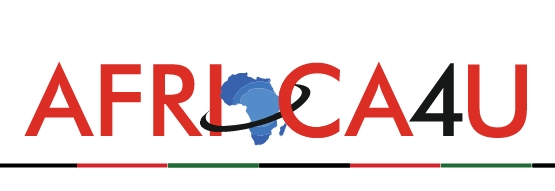(3 Minutes Read)
The total trade value for the quarter reached GH₵145.7 billion, comprising GH₵74.8 billion in exports and GH₵70.9 billion in imports. The surplus was driven by a significant increase in the export value of gold, which accounted for 62.1 percent of total exports. The country’s gold exports rose by GH₵27.8 billion year-on-year, consolidating its dominance in the export sector.
Ghana registered a trade surplus of GH₵3.9 billion in the third quarter (Q3) of 2024. This marking the continuation of its trade balance gains for the year.
However, this figure represents a decline from the GH₵6.1 billion surplus recorded in Q2 2024, according to the Ghana Statistical Service’s (GSS) latest quarterly report.
The total trade value for the quarter reached GH₵145.7 billion, comprising GH₵74.8 billion in exports and GH₵70.9 billion in imports. The surplus was driven by a significant increase in the export value of gold, which accounted for 62.1 per cent of total exports. The country’s gold exports rose by GH₵27.8 billion year-on-year, consolidating its dominance in the export sector.
Crude petroleum ranked as the second-largest export, contributing 15.5%, while cocoa paste, manganese ores, and tuna collectively added 5.6 per cent to the export mix.
On the import side, mineral fuels and oils dominated, accounting for 22.3% of total imports. Gas oil and motor spirit led this category with a combined value of GH₵12.9 billion. Machinery, electrical equipment, and cereal grains also featured prominently among imports
China continued to be Ghana’s top source of imports, contributing 24% of the total, followed by the United Kingdom at 8.2%. Meanwhile, the United Arab Emirates (UAE) maintained its position as Ghana’s top export destination, receiving 25.1% of the country’s total exports, largely driven by gold trade.
Read Also:
https://trendsnafrica.com/imf-releases-another-tranche-of-relief-to-ghana/
Despite positive nominal figures, real trade data for Q3 2024 painted a contrasting picture. When adjusted for inflation, Ghana recorded a trade deficit of GH₵4.6 billion. Real export values stood at GH₵23.0 billion, compared to real imports of GH₵27.6 billion, highlighting the significant impact of rising export prices, particularly for gold.
The export unit value index (UVI) increased by 53.9% year-on-year, reflecting higher global commodity prices. Import prices also rose, albeit at a slower rate of 26.3%. Gold’s export price surged by 73.8% compared to the same period last year, underscoring its influence on Ghana’s trade dynamics.





